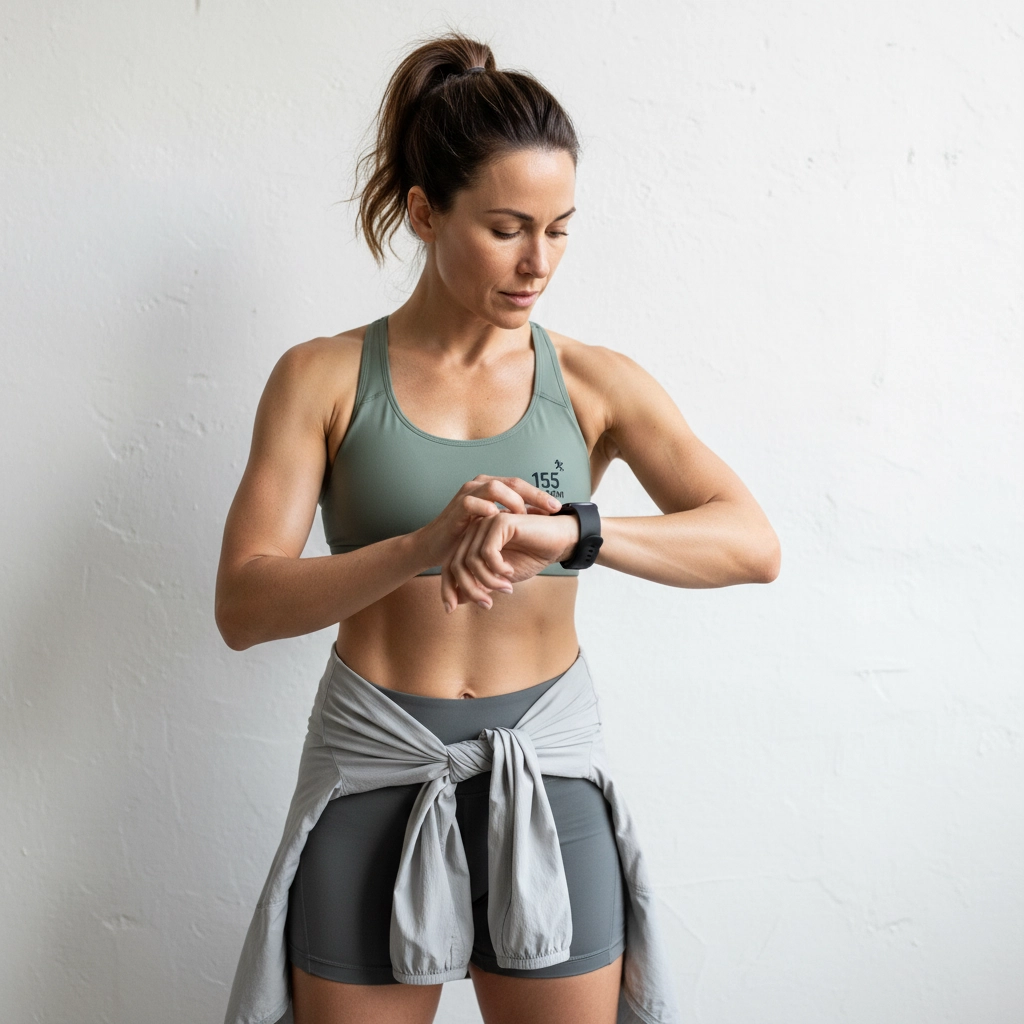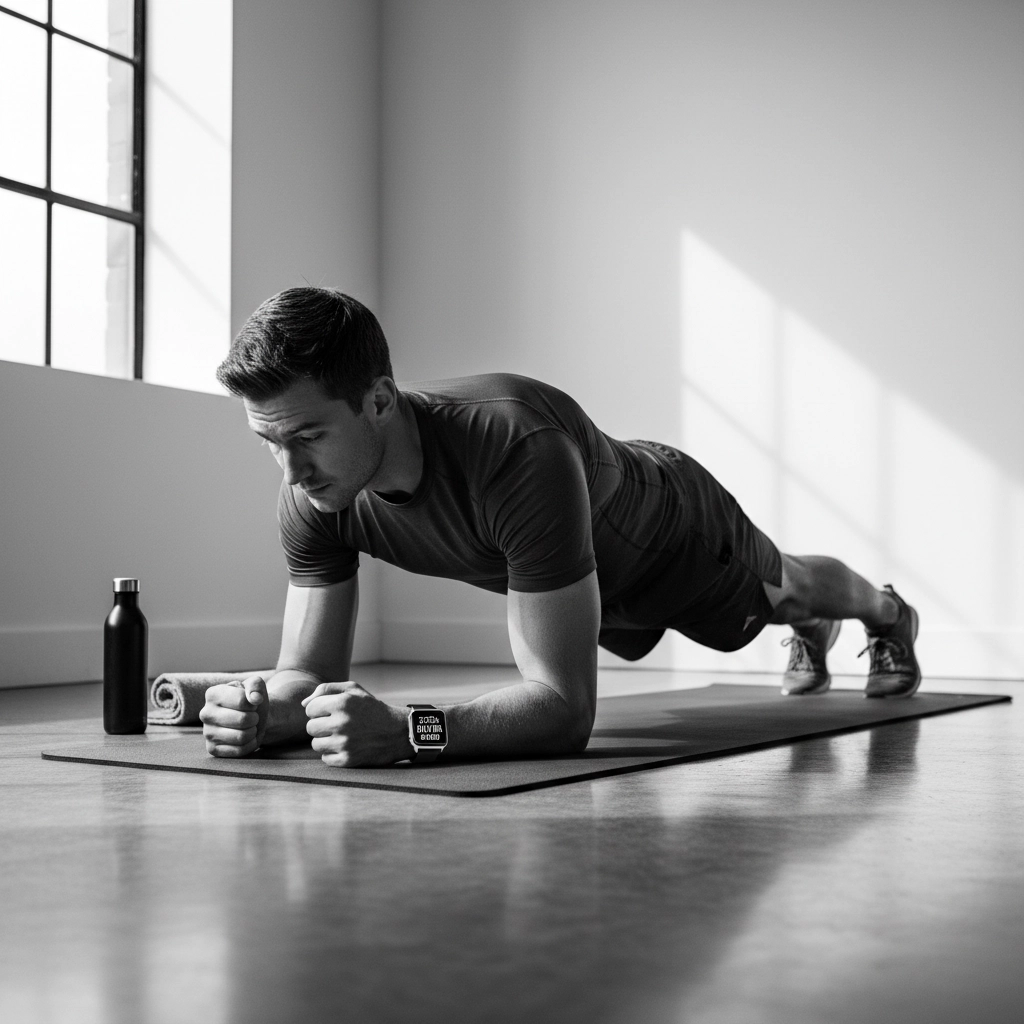50+ Powerful Ways Your Wearable Can Track More Than Just Steps in 2025

Your wearable is way more than a glorified pedometer. In 2025, these devices have become sophisticated health monitoring powerhouses that can track everything from your stress levels to your recovery needs. If you're still just counting steps, you're missing out on game-changing insights that could transform your fitness journey.
Let's dive into the incredible ways your wearable can become your ultimate wellness companion.
Heart Health Goes Deep
Your heart tells a story, and modern wearables are finally listening to every word.
Continuous Heart Rate Variability (HRV) tracking shows how well your nervous system is recovering. Low HRV? Your body needs rest. High HRV? Time to push harder in your workout.
ECG monitoring can detect irregular heart rhythms, potentially catching issues before they become serious problems. Some devices now offer medical-grade accuracy that rivals hospital equipment.
Blood pressure trends are tracked passively throughout the day, giving you a complete picture of your cardiovascular health without those annoying arm cuffs.
Pulse wave velocity measurements help assess arterial stiffness - a key indicator of heart disease risk that most people never think about until it's too late.

Sleep Science Gets Serious
Forget basic sleep tracking. Today's wearables dive deep into your sleep architecture.
REM cycle optimization helps you understand when your brain is doing its most important repair work. Too little REM? Your cognitive performance suffers.
Sleep apnea detection through breathing pattern analysis can identify potentially dangerous breathing interruptions during sleep.
Core body temperature monitoring tracks your natural temperature fluctuations, helping optimize your sleep environment and timing.
Sleep debt calculation shows exactly how much recovery sleep you need after those late nights.
Circadian rhythm mapping helps you understand your natural energy peaks and valleys, so you can schedule workouts and meals accordingly.
Stress and Recovery Mastery
Modern life is stressful, but your wearable can help you manage it like a pro.
Real-time stress alerts use heart rate variability and other biomarkers to warn you when stress levels are climbing dangerously high.
Recovery recommendations analyze your sleep quality, HRV, and activity levels to tell you whether to push hard or take it easy today.
Breathing exercise coaching provides guided sessions with real-time feedback on your breathing patterns.
Meditation tracking monitors your heart rate and stress hormones during mindfulness sessions, showing concrete proof of meditation's benefits.
Environmental Awareness
Your environment affects your health more than you realize, and your wearable is keeping track.
Air quality monitoring alerts you when pollution levels are too high for outdoor workouts.
UV exposure tracking prevents dangerous sun exposure while ensuring you get enough vitamin D.
Altitude and barometric pressure help hikers and athletes understand how environmental factors affect their performance.
Temperature and humidity sensing optimize your workout timing and hydration needs.

Advanced Performance Metrics
Whether you're a weekend warrior or serious athlete, these metrics take your training to the next level.
VO2 max estimation gives you a scientific measure of cardiovascular fitness without expensive lab testing.
Training load analysis prevents overtraining by tracking the cumulative stress of your workouts.
Recovery time recommendations tell you exactly when your body is ready for the next intense session.
Lactate threshold detection helps endurance athletes find their sweet spot for sustained effort.
Ground contact time and stride analysis for runners reveals inefficiencies in your form.
Swimming stroke analysis tracks stroke count, efficiency, and technique improvements.
Body Composition Insights
Modern wearables are getting surprisingly good at tracking changes in your body.
Hydration level monitoring through bioimpedance sensors prevents dehydration before you feel thirsty.
Body fat percentage tracking shows changes over time without requiring separate scales.
Muscle mass estimation helps you understand whether your training is building the right kind of tissue.
Bone density indicators provide early warnings about bone health, especially important for older adults.
Safety and Emergency Features
Your wearable isn't just tracking - it's protecting you.
Fall detection with emergency calling can literally save your life during solo workouts or outdoor adventures.
Emergency SOS with GPS location sends your exact coordinates to emergency contacts.
Irregular heart rhythm alerts can prompt you to seek medical attention before a serious cardiac event.
Medication reminders ensure you never miss important doses that affect your workout performance.

Nutrition and Metabolism Tracking
Some cutting-edge wearables now monitor your body's fuel systems.
Blood glucose trends help non-diabetics understand how different foods affect their energy levels.
Hydration alerts based on sweat rate and environmental conditions keep you properly fueled.
Calorie burn accuracy using multiple sensors provides much more precise energy expenditure calculations.
Nutrient timing recommendations suggest when to eat based on your workout schedule and recovery needs.
Mental Performance Monitoring
Your brain is part of your fitness equation, and wearables are starting to track cognitive performance too.
Reaction time testing shows how fatigue affects your mental sharpness.
Attention span tracking during workouts helps optimize training intensity.
Cognitive load assessment prevents mental burnout from affecting physical performance.
Memory performance indicators track how exercise affects brain function.
Getting Started at Any Level
Beginners should focus on basic metrics like heart rate, sleep quality, and daily activity levels. Don't get overwhelmed by advanced features - master the fundamentals first.
Intermediate users can add stress monitoring, recovery tracking, and basic performance metrics to optimize their training progression.
Advanced athletes should utilize the full spectrum of features, including HRV training, advanced sleep analysis, and sport-specific performance metrics.
Making the Most of Your Data
The key isn't collecting more data - it's acting on the insights your wearable provides. Set up automated alerts for the metrics that matter most to your goals. Use the trend data to make informed decisions about rest, nutrition, and training intensity.
At PeakPursuitFitness, we carefully curate wearable fitness devices that deliver on these advanced tracking promises. Our selection focuses on devices that provide actionable insights, not just data dumps.
Your wearable in 2025 isn't just a fitness tracker - it's a comprehensive health monitoring system that can revolutionize how you approach wellness. The question isn't whether you need these advanced features, but whether you're ready to act on the incredible insights they provide.
Ready to upgrade your fitness tracking game? Explore our collection of cutting-edge wearables and discover which device will become your ultimate training partner.


